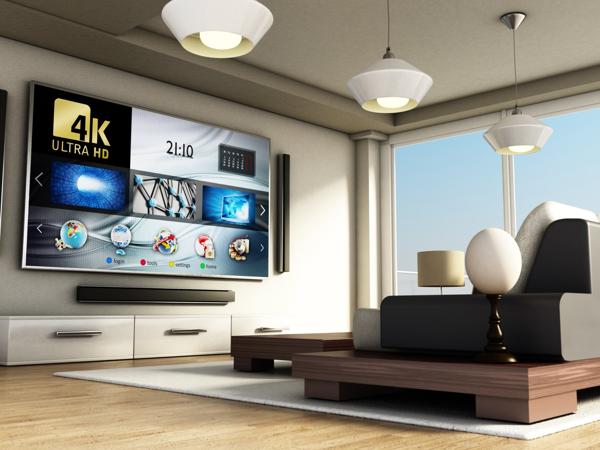In today's digital age, the concept of multi-room streaming has grown increasingly popular. It offers users the comfort of streaming media across various rooms in their homes, seamlessly synchronizing content for an enriched entertainment experience. With a variety of options available, it's both exciting and a bit overwhelming to decide on the right solution. Let's delve into the intricacies of multi-room streaming and explore some viable options.
What is Multi-Room Streaming?
Multi-room streaming allows you to play audio or video content across multiple rooms simultaneously. These systems enable users to start a movie in the living room and continue it in the bedroom without missing a beat. This approach to entertainment provides a coordinated and immersive experience, especially for avid media consumers.
Key Considerations
Before you dive into purchasing a multi-room streaming setup, there are several factors to ponder:
- Compatibility: Ensure that your chosen system is compatible with your current streaming devices.
- Connectivity: Reliable Wi-Fi is essential. The quality of your home network can directly influence streaming quality. For more information on setting up your home network for streaming, check out our guide on Setting Up a Home Streaming Setup.
- Control Mechanism: Look for systems that can be controlled easily, whether via smartphone apps, remotes, or voice commands.
- Scalability: Choose solutions that can grow with your needs. This could include adding more rooms or devices down the line, especially if you're planning a comprehensive Home Automation setup.
Popular Multi-Room Streaming Solutions
1. Sonos
Sonos has long been a household name in audio streaming. Known for its intuitive setup and robust performance, Sonos allows users to stream different tracks in each room or sync them for a unified listening experience. The Sonos app serves as a hub, integrating various music services like Spotify, Apple Music, and Amazon Music.
Pros:- Wide variety of speaker options.- Extensive music service integration.
Cons:- Can be pricier than other solutions.
2. Amazon Echo with Alexa
For those embedded in the Amazon ecosystem, the Echo devices provide a compelling choice. Alexa-enabled devices can stream content from various sources, and with features like Alexa Cast, users can control streaming across multiple devices seamlessly.
Pros:- Integration with smart home devices.- Voice control capabilities.
Cons:- Dependent heavily on Amazon services for full functionality.
3. Google Cast
Google Cast, embedded in devices like the Google Nest Audio or Chromecast, offers a flexible approach to multi-room streaming. By using the Google Home app, users can cast music or video to specific rooms or create speaker groups for synchronized audio.
Pros:- Cost-effective compared to some high-end security systems.- Links well with other Google services and devices.
Cons:- Might require more technical know-how for initial setup.
4. Apple AirPlay 2
Apple enthusiasts will find AirPlay 2 a worthy option. With support on a variety of third-party speakers, it integrates smoothly into setups using iOS devices, allowing control for both audio and video streaming.
Pros:- Seamless integration with Apple products.- High-quality audio streaming.
Cons:- Best performance is experienced within the Apple ecosystem.
Further Exploration
For those interested in deeper dives, there are ample resources available to aid your decision-making process. Consider visiting forums like Reddit's r/audiophile or tech reviews on platforms such as CNET and TechRadar. These offer user insights and technical details that might not be immediately evident.
Conclusion
Multi-room streaming solutions have made it easier than ever to personalize and expand home entertainment. Careful consideration of your specific needs and preferences will guide you toward the system that best fits your lifestyle. Whether it’s a gather-around-the-family movie night or a solo dance party in every room, the right setup will make your moments more enjoyable.
Remember, technology is here to enhance our lives, and exploring these innovations, such as checking out our selection of Smart Watches, can lead to delightful new experiences. Stay curious and open to experimenting with different solutions on this exciting journey.




